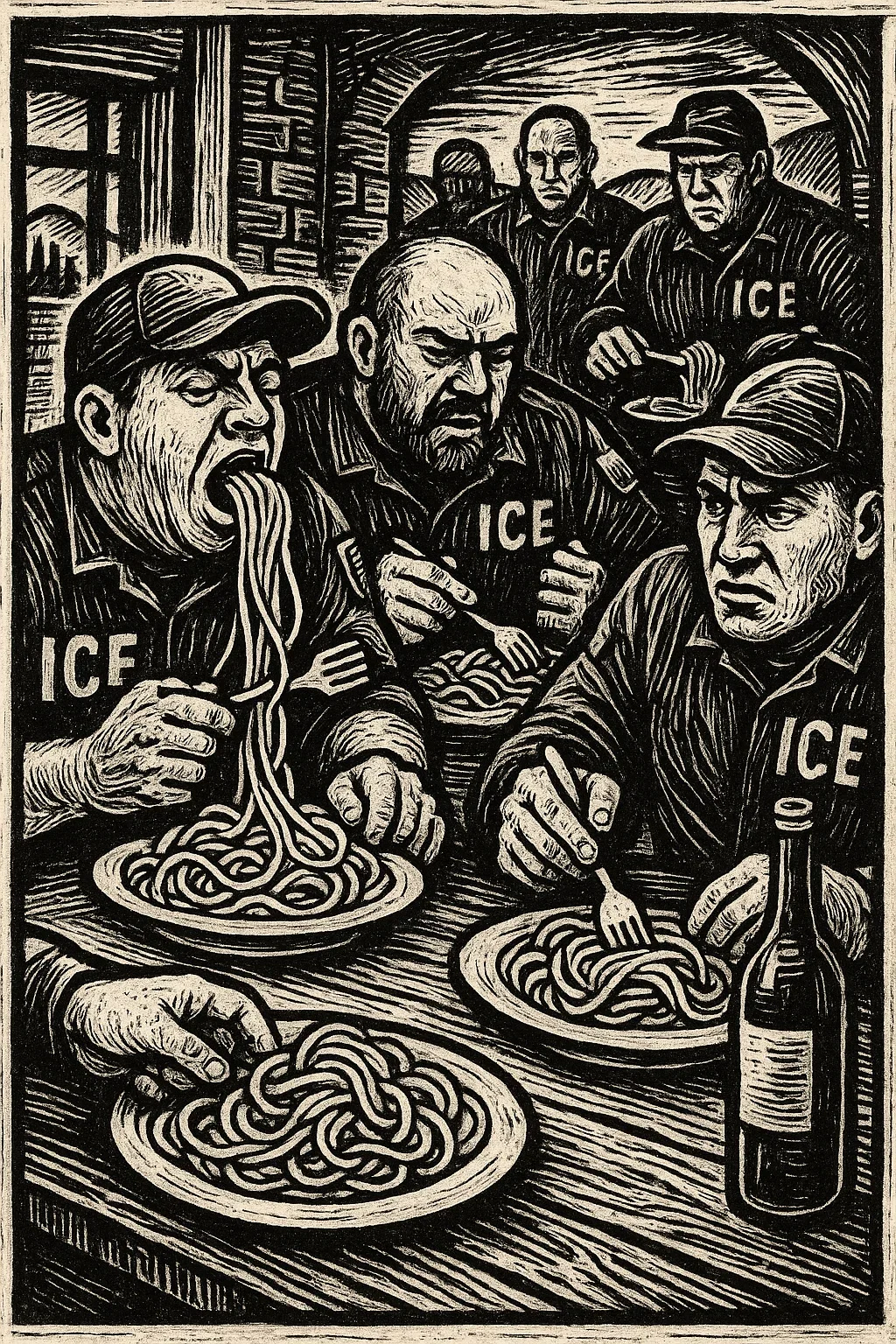

Is Trump Sending Checks to Mamdani and Blaming Kim Kardashian’s ChatGPT Marching Band Robot?
Is Trump Sending Checks to Americans? No. Did Kim Kardashian Blame ChatGPT for Failing the Bar Exam? Yes. Is the War in Ukraine Good for Global Health? NO. Did a Robot Direct Mizzou's Marching Band? Yes.

The Almost-Mamdani of Marietta, Georgia
Sam Foster, a 24-year-old IT systems engineer and community organizer, came within 87 votes of defeating five-term incumbent Raymond "Thunder" Tumlin in the Marietta, Georgia mayoral race.
The final unofficial results showed Tumlin with 6,762 votes (51.01%) to Foster's 6,675 (48.99%) out of 13,437 total votes cast.
Sam’s mini-movement, centered on intentional urbanism, affordability, and community organizing, showed how campaigns strong on policy, not platitudes, have a long-term future, even in car-dependent suburbs like Marietta, Georgia.

Louvre password was “Louvre” and other feats of administrative genius
The Louvre used 'Louvre' as its surveillance password during a $102M heist, and the 'Butt Lady' sentencing spotlights dangers of unlicensed cosmetic injections and regulatory gaps.

Dems Win, Affordability Wins, Clean Energy Wins
Democrats sweep 2025 elections as voters reject Trump's economic agenda. Virginia, New Jersey, NYC go blue; Georgia utility board flips on affordability concerns. Plus: Trump expands terror watch lists, AI disrupts creative labor.


Will Trump Use NVIDIA Ice Raids to Save Scott Adams?
Trump's expanding surveillance state, ICE's use of Nvidia AI tech, preferential treatment for Dilbert creator Scott Adams, Heritage Foundation turmoil, clean energy market wins, and autonomous weapons development.

The Mosquitos Have Arrived in Iceland
Mosquitoes discovered in Iceland for first time in history mark major climate milestone. Plus: ICE facial recognition expands, AI drones police cities, Trump faces shutdown blame, and climate diplomacy pivots to adaptation over prevention.

Guess who learned the wrong lesson from ‘House of Dynamite’? Plus forced labor, Truth Crypto, and the Word of the Year
Trump wants to test nuclear weapons again after thirty years, “67” declared word of the year, Mississippi monkeys still on the loose, and why Hurricane Melissa was so destructive.

How Utility Companies Are Using AI to Raise Your Rates
Tech billionaires and utilities justify fossil fuel expansion for AI data centers, raising rates while promising AI will solve climate change later. Georgia's PSC election tests if voters accept this new climate denial.
